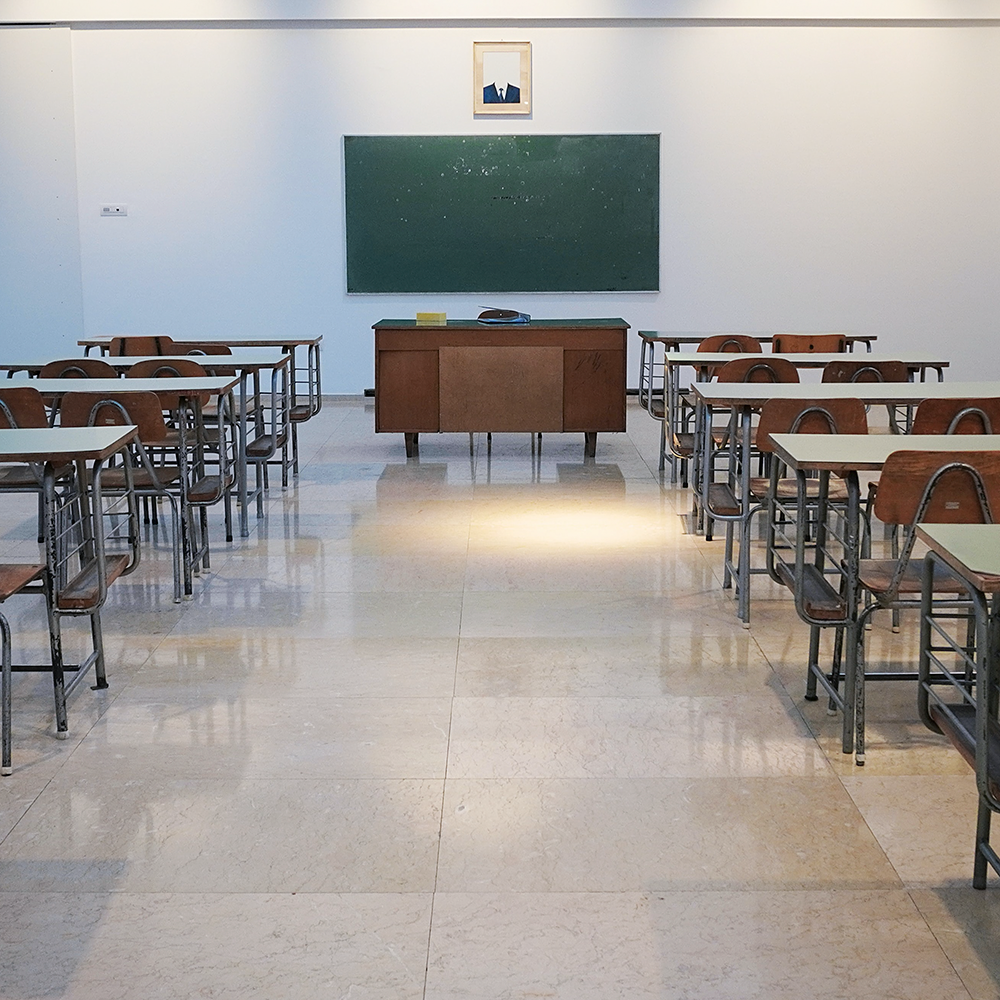Published February 22, 2023

David M. Naeger, MD
Director of Radiology, Denver Health
Professor and Vice Chair of Radiology
Who is the best lecturer you have ever watched in radiology? Who else comes to mind when you think of amazing educators throughout your radiology career?
When you think of those individuals, and then think about the teaching you do, do you sort of think to yourself, “gosh, I am not that good, and I could never be that good?”
Well, I have some good news for you: those amazing lecturers did not start off that way. None of them. I promise. Great teachers, in radiology and other fields, may have some innate talent, but all great lecturers learned through mentors, feedback, and/or trial and error how to get better, to the point of being great. There are too many aspects to becoming an amazing teacher for it all to happen by chance. Some of the great pioneers in radiology education may not have had formal instruction in pedagogy, but at a minimum, they all were probably attuned to incorporating direct and indirect feedback. And they probably had a strong internal process of improving.
So, how can you get better at teaching, if you really want to be great?
First, Seek Formal Resources
Thankfully, there are many well-written resources available throughout the radiology literature. For example, see Heller and Silva’s excellent primer in the Journal of the American College of Radiology (JACR) for delivering a presentation that is informative, notable, and even inspiring [1].
One of the best initiatives is ARRS’ own Clinician Educator Development Program (CEDP) [2]. Each year, up to 30 ARRS CEDP recipients are selected to receive a travel grant to attend a specialized on-site workshop during the ARRS Annual Meeting. With a curriculum promising increased proficiency in instructional skills, as well as educational activity design, the CEDP remains a highly interactive day of learning. Focusing on new and emerging pedagogical tools, while improving already acquired clinical acumen, over half of this expertly curated syllabus consists of hands-on learning. Offering a unique opportunity to interact with fellow enthusiastic clinician educators, attendees will engage further with the esteemed faculty ARRS has convened—previous CEDP instructors Travis Henry, MD (Duke) and Aaron Kamer, MD (Indiana), as well as Omer Awan, MD (Maryland), Judith Gadde, DO (Northwestern), and myself—on April 15 during the 2023 Annual Meeting in Honolulu, HI.
Second, Ask for Feedback
If your lectures are part of a series where evaluations are collected, then ask for them. If there is no feedback available, see if you can collect some. Try sending out your own survey perhaps? If all else fails, you can ask for feedback from one or multiple people you know who happen to be in the audience. One great option for garnering constructive feedback is asking a mentor who is talented at teaching to attend your lecture, then give you some notes. I know it seems like an imposition, but a good mentor will do this for you.
Optimally, you are seeking honest answers to the following questions:
- Did you lose your audience? If so, where?
- What didactic points could have been explained better?
- What aspects of your lecture were nearly perfect?
- Are there insights you should keep to use for future talks?
Third, Construct Internal Feedback
Observe lectures from an esteemed imaging educator, asking yourself, “how does this lecture differ from mine?” Experiment with employing a similar style—without copying content, of course—and see if it could work for you. One key observation is that many lectures out there aren’t that great, yet it is incredibly easy to copy the predominant style that is used. Copying a mediocre style will make your lecture just as mediocre, so don’t do that. Look to see what the truly great lecturers in radiology are doing.
To get your improvement process jumpstarted, right off the bat, allow me to share an immediate tip. For JACR, my colleagues and I examined what made a successful lecture, based upon thousands of comments regarding hundreds of lectures given to medical students [3].
What was the characteristic most associated with well-received lectures?
…Interactivity
Recently noted by AJR, too, the biggest pro tip is interacting with your audience, even if it seems hard or unconventional [4]. You will want to do so in a warm and inviting way, free of condescension. Adding such an interactive element to your teaching will help you forge a stronger connection with all your learners.
References:
- Heller et al. Preparing and delivering your best radiology lecture. J Am Coll Radiol 2019; 16:745–748
- Clinician Educator Development Program. ARRS website. www.ARRS.org/CEDP. Accessed January 17, 2023
- Jen A, Webb EM, Ahearn B, Naeger DM. Lecture evaluations by medical students: concepts that correlate with scores. J Am Coll Radiol 2016; 13:72–76
- Chien BS, Gunderman RB. In-person interactivity’s vital role in radiology education. AJR 2023; 220:1–2
The opinions expressed in InPractice magazine are those of the author(s); they do not necessarily reflect the viewpoint or position of the editors, reviewers, or publisher.

